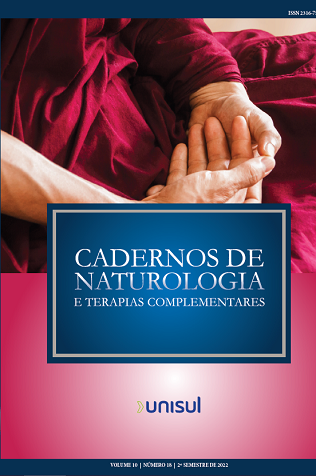Availability of trace elements for skin absorption in treatments using Peruíbe black mud
DOI:
https://doi.org/10.59306/cntc.v10e18202117-26Keywords:
Sequential extraction, Artificial sweat, BCR-701, Peruíbe black mudAbstract
Introduction: In Brazil, the use of natural resources became part of the Unified Health System (SUS, in Portuguese) with the implementation of the “National Policy for Integrative and Complementary Practices” and the Black Mud, found in Peruíbe city, São Paulo State, has been extensively used for therapeutic treatments e.g. psoriasis, peripheral dermatitis neuropathy, acne and seborrhea, myalgia, arthritis, and non-articular rheumatic processes. Objective: The aim of this study was to verify the PBM’s chemical elements mobility, and evaluate which ones (beneficial or toxic) are available for transfer to the patient during topical therapeutic treatment. To get this goal, two extraction methods were employed: sequential extraction procedure and a single extraction by employing artificial sweat. Methods: Two extraction methods were employed to measure the extracted elements: Inductively coupled plasma atomic emission spectroscopy and Graphite furnace atomic absorption spectrometry. Results and discussion: The results showed that the elements Ca, Cd, Mg, Mn and Na are highly extracted in the exchangeable fraction and similar results were noted in extraction with artificial sweat, however, it may not cause adverse problems during the therapeutic treatment. Conclusion: All the other elements investigated were extracted in low concentrations indicating that adverse health effects should be negligible even though until this moment there is little or no evidence for skin absorption.


